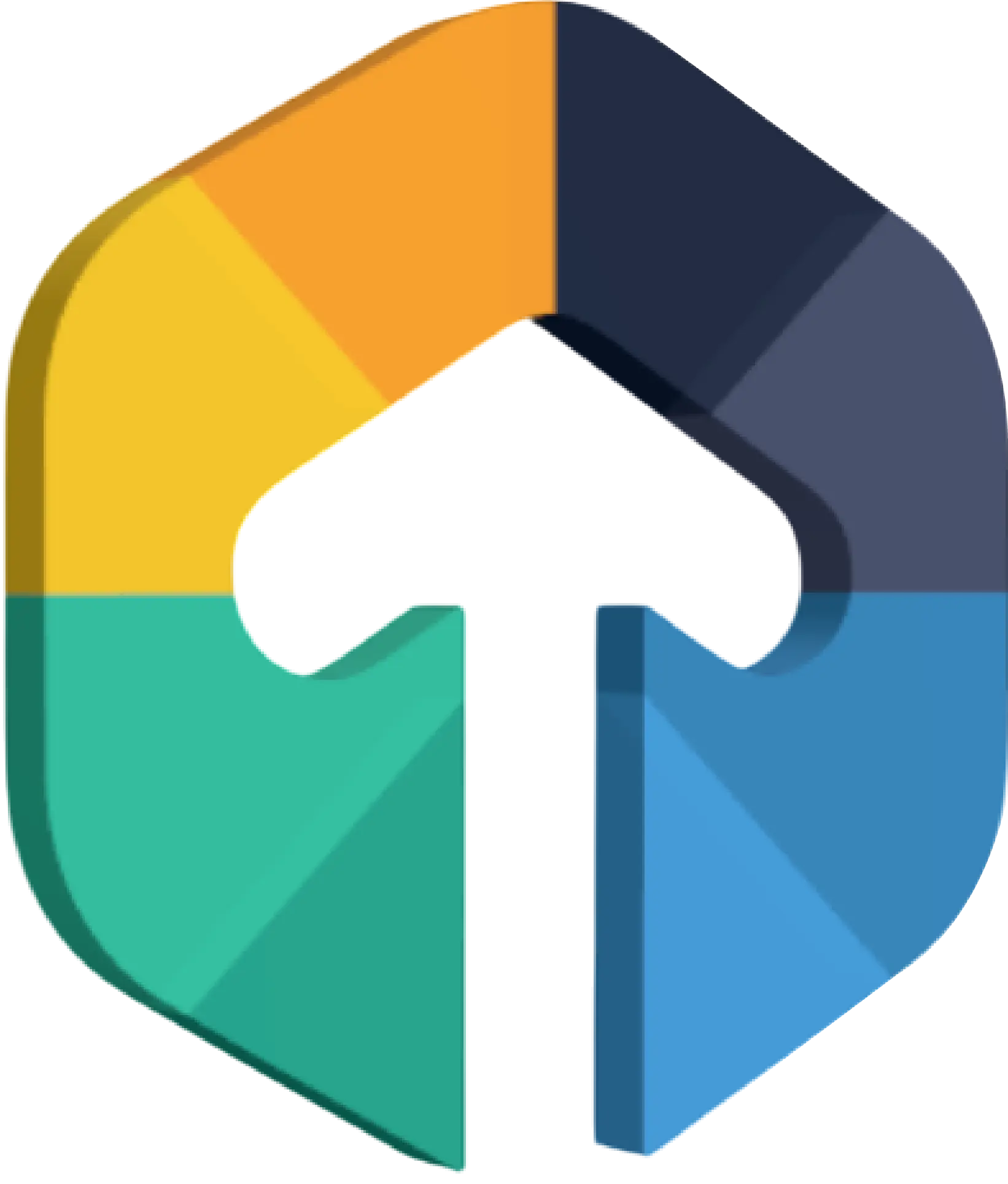
Angular Development Solutions
Looking for a powerful, enterprise-grade solution? Our Angular development services deliver robust, scalable web applications that are designed to handle complex and large scale businesses.Businesses that Grew with Us
Angular Development Solution for Large and Complex Projects
Angular Single-Page App Development
We have a team of experts who use Angular to develop single page apps. With Angular we can deliver a highly interactive app with top notch performance.
Plug-in Development for Angular
Our team creates custom plugins for Angular applications, adding functionality and enhancing features according to your business needs.
Platform Migration & Re-Engineering
Our migration services ensure minimal downtime and disruption while improving performance, security, and scalability in your newly modernized application.
API Development Services
Our Angular development services include custom API development. It helps you connect with apps from different systems.
Angular Ecosystem Expertise
With our experience and understanding of Angular framework, we make sure we deliver high performance and easy to maintain applications.
Maintenance and Support
We are not done when we deliver your app. We continue to provide support to keep your app updated. We deliver regular updates, bug fixes and security patches.

Why Choose AngularJS for frontend development?

Faster Development
AngularJS comes with features like two way binding and dependency injection. It also offers templates that help streamline the development process.

Code Reusability
With AngularJS's component-based structure, developers can create reusable components. It helps reduce code redundancy. Also, it can result in faster development of new features.

Robust Framework
AngularJS is a framework that provides built-in solutions. It includes solution routing, form handling, state management, and more. It makes the development process even smoother.

Modular Architecture
AngularJS has a modular architecture, developers break down the application into smaller and easy to manage modules. This improves scalability and easy to collaborate on large projects.

Performance Optimization
AngularJS comes with Ahead-of-Time (AOT) compilation. It helps boost app performance and reduce load times by compiling the code during the build process itself.

Secure and Reliable
AngularJS has built-in security features like sanitation and protection against issues like cross-site scripting(XSS). It is to make sure that your app is secure and reliable.
Key things to know about Angular
Component-based structure
Angular organizes apps into components, each handling specific functionality. This modular approach makes it easier to develop and maintain your apps. Teams can work on individual components independently, improving collaboration and efficiency.
Lazy loading
Angular supports lazy loading. It helps you load modules only when your app needs them. It reduces the initial load time and makes your app faster. It's especially useful for large applications where not all features need to be loaded at once.
Service-oriented architecture
Angular encourages using services to handle business logic and data management. This separation helps keep the codebase clean and modular. So, you can easily maintain and update it.
Featured Insights
What Sets Us Apart?
We Collaborate
We believe in brainstorming together and building something amazing


We Discover
We love discovering the hidden gems in your existing data, and potential in your business.


We Specialise
We turn theories into reality and build solutions precisely for your business.


We 're Your Team
We become your own ReactJS squad who’s determined to conquer challenging frontiers.


Scalable and Reliable IT Solutions
App Modernization
Transform legacy systems with DevOps best practices. Enhance security, scalability, and performance with modern cloud solutions.
Learn moreSaaS App Development
Develop and scale SaaS applications with DevOps-powered CI/CD and cloud automation. Ensure seamless deployment, security, and uptime.
Learn moreFirebase Integration
Leverage Firebase for real-time database management, authentication, and cloud functions. Build scalable, high-performance applications with seamless backend integration.
Learn moreDevOps
Optimize development workflows with DevOps automation. Improve deployment speed, system reliability, and operational efficiency with CI/CD pipelines and cloud solutions.
Learn moreFlutterFlow Development
Accelerate app development with FlutterFlow’s low-code platform. Build visually stunning, feature-rich applications with seamless backend integration.
Learn moreCloud Engineering
Design, deploy, and manage cloud infrastructure for scalability and security. Optimize cloud solutions with AWS, Google Cloud, and Azure integration.
Learn moreFAQ’s
Team up with us to enhance and
achieve your business objectives
LET'S WORK
Team up with us to enhance and
achieve your business objectives


